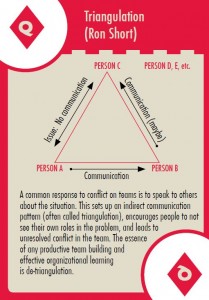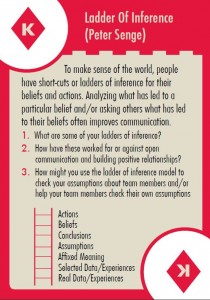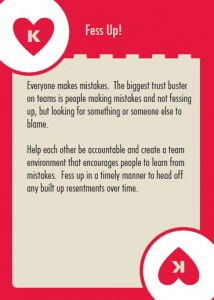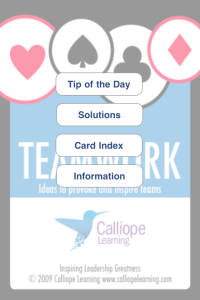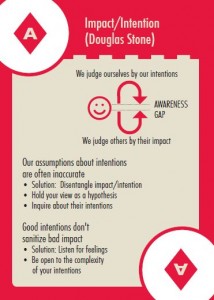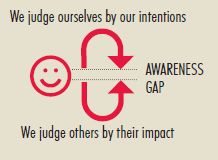Amid much controversy, The Kennedys is now showing in Canada (well, at least the 2 episodes that I have taped on my PVR!). The reviews have certainly been mixed but I simply cannot help myself. I love a good story and I have been especially intrigued by the Kennedys for many years. I watched the episode highlighting the Bay of Pigs on the weekend and was reminded of the work of Irving Janis on groupthink. Groupthink is a phenomena he coined which describes the tendency of some really cohesive teams to ignore alternative pespectives and courses of action. The symptoms of groupthink according to Janis are:
-
- Illusion of invulnerability – the team thinks that they can do no wrong or harm.
- Collective rationalization – the team discounts alternative views and doesn’t challenge their own assumptions.
- Belief in inherent morality – the team thinks they are the moral compass for everyone.
- Stereotyped views of out-groups – people or groups with different views are made to be the “enemy”.
- Direct pressure on dissenters – anyone who disagrees with the team is greatly pressured to conform.
- Self-censorship – people do not express contradictory views.
- Illusion of unanimity – silence is assumed to be unanimity.
- Self-appointed ‘mindguards’ — stronger team members will filter out contradictory views.
I am especially interested in groupthink because I have been guilty of it myself and relate to the above 8 symptoms. As someone who values harmony and cohesiveness, I need to work hard at hearing alternative perspectives. I work on many faculty teams to deliver intensive leadership development programs and in our desire to deliver a high quality learning experience, I think we sometimes filter out feedback that challenges our particular philosophy of leadership.
Some remedies for groupthink include:
-
- The team leaders being aware of their power over the group and holding back on their preferences until other team members have spoken.
- The team assigning the role of critical evaluator or devil’s advocate to team members and/or bringing in expert, outside opinions to challenge the team.
- The team setting aside regular time to surface and assess their assumptions, as well as surface and consider alternative perspectives.
While the Bay of Pigs was devastating, some have suggested Kennedy learned from that mistake and avoided groupthink during the Cuban Missile Crisis by inviting outside experts to share their viewpoints, dividing the group up into various sub-groups, and being deliberately absent from the meetings, so as to allow others open expression of viewpoints.
Has your team had a Bay of Pigs disaster? Which remedies might work for your team?
This blog is based on the Jack of Clubs, Groupthink, taken from our Teamwork Explorer.
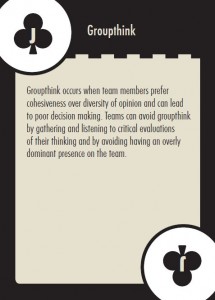
Written by Tammy
